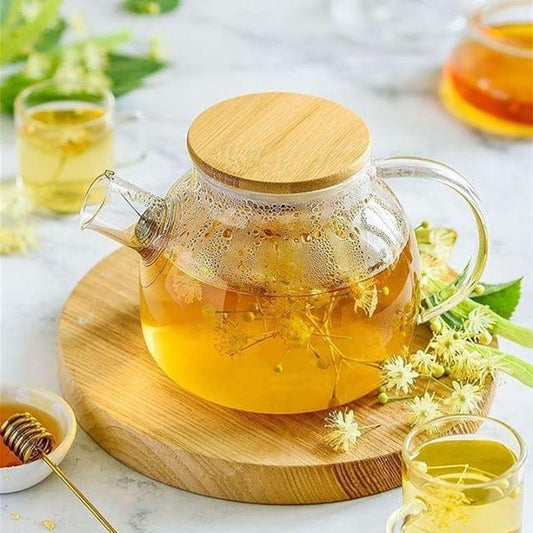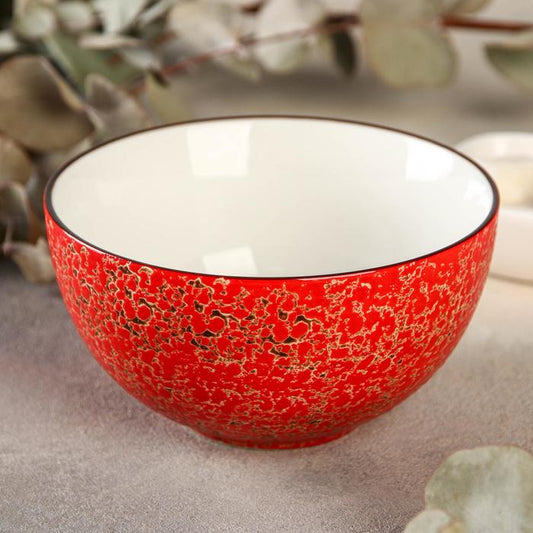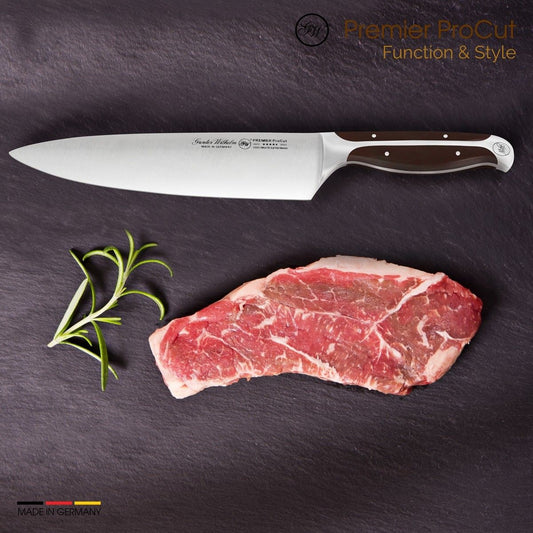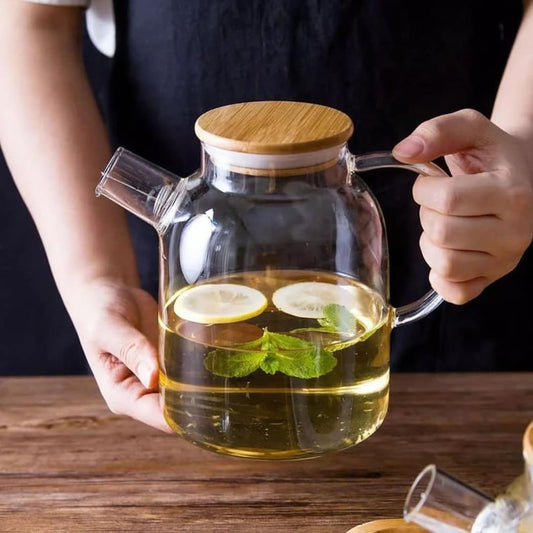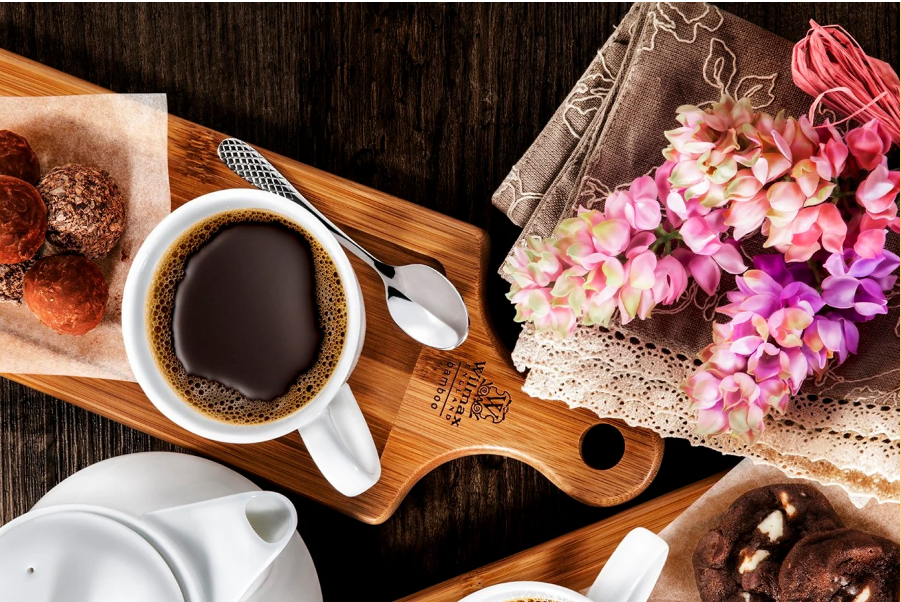Edible Spheres and Foams: A Beginner’s Guide to Molecular Techniques 🧪🍽️

Molecular gastronomy might sound intimidating, but at its heart it’s about using science-inspired tools and ingredients to transform familiar foods into playful, unexpected experiences. Two of the most approachable—and visually striking—molecular techniques are spherification 🥚, which lets you create delicate, caviar-like spheres or larger “ravioli” of flavored liquid, and foams ☁️, which add cloud-light textures and intensified flavors to dishes. This guide will walk you through the basics, equipment, ingredients, and simple recipes so you can start experimenting in your own kitchen. 👩🔬🍴
1. Understanding the Basics 🔍
What Is Spherification? 🥄
Spherification is a chemical process that forms a thin gel membrane around a liquid, creating a sphere that “bursts” when bitten. It relies on the reaction between sodium alginate, a seaweed-derived gelling agent, and a calcium source (often calcium chloride or calcium lactate).
-
Basic reaction:
-
Dissolve sodium alginate in your flavored liquid.
-
Drop that liquid into a calcium bath.
-
Calcium ions cross-link alginate molecules, forming a thin gel skin.
-
Two main methods exist:
-
Basic (direct) spherification: Best for fruit-based juices and liquids without calcium; spheres form immediately but continue to gel if left too long. ⏱️
-
Reverse spherification: Good for calcium-rich liquids (like dairy or yogurt); you mix calcium into the flavored liquid, then drop into an alginate bath, yielding spheres that can sit longer without over-gelling. 🧀🥛
What Makes a Good Foam? 🥂
Foams trap gas (usually air or nitrous oxide) in a liquid matrix stabilized by emulsifiers or proteins. They magnify the aromatic qualities of the liquid and add a light, airy mouthfeel.
-
Common stabilizers:
-
Lecithin (from soy or sunflower) – great for air foams over broths or oils. 🌻
-
Gelatin – produces firmer, more stable foams (e.g., mousse-like textures). 🍮
-
Xanthan gum – helps stabilize whipped foams in small quantities. 🥄
-
-
Devices:
-
Hand blender or immersion blender – fast and easy for small batches. 🔌
-
Siphon (cream whipper) – charges foam with nitrous oxide for smoother, more voluminous foams. 💨
-
2. Essential Ingredients & Equipment 🛒🔧
| Ingredient | Purpose | Typical Use |
|---|---|---|
| Sodium Alginate | Forms gel skin in spherification 🥚 | 0.5–1% weight/volume |
| Calcium Chloride | Calcium source for direct spherification 💧 | 0.5–1% in bath |
| Calcium Lactate | Calcium source for reverse spherification 🥛 | 1–2% in liquid |
| Soy/Sunflower Lecithin | Emulsifier for light air foams ☁️ | 0.2–0.5% by weight of liquid |
| Gelatin | Stabilizer for firm foams or mousses 🍨 | Bloom per package instructions |
| Xanthan Gum | Thickener and stabilizer 🥄 | 0.1–0.2% by weight |
Equipment Checklist
-
Precision kitchen scale (accurate to 0.1 g) ⚖️
-
Immersion blender or high-speed blender 🔌
-
Siphon (optional, but highly recommended for silky foams) 💨
-
Slotted spoon or syringe/dropping pipette 💉
-
Fine mesh strainer (for removing clumps) 🥢
-
Two medium bowls (one for alginate, one for calcium bath) 🥣🥣
3. Beginner Spherification Recipe 🍊
Mango “Caviar” 🟠
-
Prepare the flavored liquid
-
Puree 200 g ripe mango with 100 mL water.
-
Strain to remove fibers.
-
Weigh 300 mL of this mango liquid, then whisk in 3 g sodium alginate until fully dissolved (blend gently to avoid air bubbles).
-
Let rest 30 minutes to hydrate and defoam. ⏳
-
-
Make the calcium bath
-
Dissolve 5 g calcium chloride in 500 mL cold water. 🧊
-
-
Form spheres
-
Load the mango-alginate mixture into a syringe or pipette.
-
Gently drop into the calcium bath—spheres will form instantly.
-
Let sit 1 minute, then remove with a slotted spoon and rinse in a clean water bath. 💦
-
-
Serve
-
Spoon over coconut panna cotta, cocktails, or fresh fruit. 🍮🍹🍓
-
Tip: For larger “ravioli” spheres, use a small ice cream scoop or spoon instead of a pipette. 🍨
4. Beginner Foam Recipe 🍋
Citrus Air Foam 🍊☁️
-
Mix base
-
Combine 200 mL fresh orange juice and 0.5 g soy lecithin in a deep bowl.
-
Stir gently with the immersion blender until lecithin is fully dispersed. 🔄
-
-
Whip the foam
-
Hold the blender just below the surface and blend at high speed.
-
Foam will rise to the top—continue until it’s light and voluminous (about 1–2 minutes). ⏲️
-
-
Skim and serve
-
Use a spoon to gently scoop the foam onto desserts (like chocolate tarts), amuse-bouche spoons, or even cocktails. 🍫🍸
-
Alternative: Charge the mixture in a whipped cream siphon with one N₂O cartridge for an even finer foam. 💨
5. Troubleshooting & Tips 🛠️
-
No gel skin forms: Ensure alginate and calcium solutions are properly mixed and measured. Check pH: very acidic liquids (pH < 3) may require neutralization with a pinch of baking soda. 🧂
-
Foam collapses quickly: Increase stabilizer concentration slightly, or chill the liquid before whipping. For ultra-long-lasting foams, use gelatin. ❄️
-
Bubbles in spheres: Blend alginate mixture gently and let it rest to release air. 😌
6. Safety and Storage 🔒
-
Food-grade ingredients: Always purchase “food-grade” sodium alginate, calcium salts, and lecithin. ✅
-
Storage:
-
Spheres: Best consumed immediately, though reverse-spherified beads can hold for a few hours in neutral liquid. ⏳
-
Foams: Use within minutes; they’ll start to weep liquid over time. 💧
-
7. Getting Creative 🎨
Once you’ve mastered the basics, experiment with:
-
Layered spheres: Create multi-colored “yolk and white” effects by carefully layering different alginate solutions. 🌈
-
Flavored foams: Infuse herbs, spices, or teas into your base liquid before whipping. 🌿
-
Savory applications: Try tomato water caviar for salads or Parmesan foam atop roasted vegetables. 🥗🧀
Conclusion 🎉
Spherification and foams offer an exciting gateway into molecular gastronomy—no specialized lab required. With just a few kitchen-friendly ingredients and tools, you can elevate the presentation and sensory experience of everyday dishes. Embrace the playful side of cooking, experiment boldly, and most importantly, savor the delightful surprise of each burst-and-airy bite. Happy experimenting! ✨👩🍳
Share:

